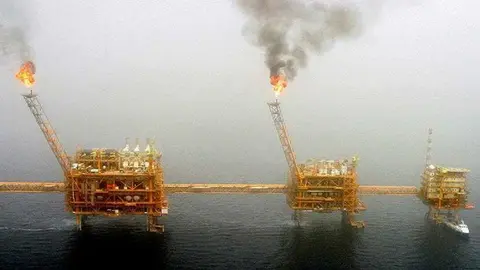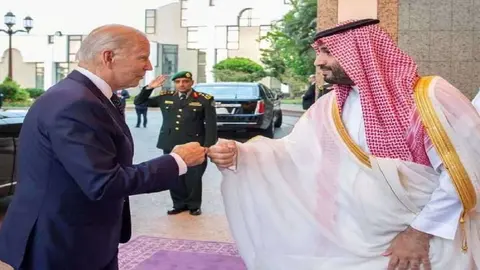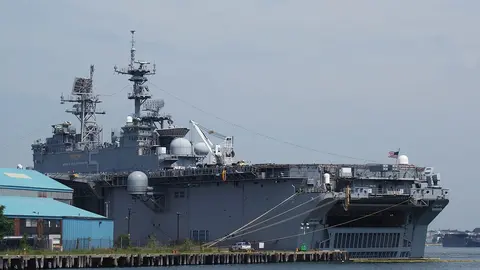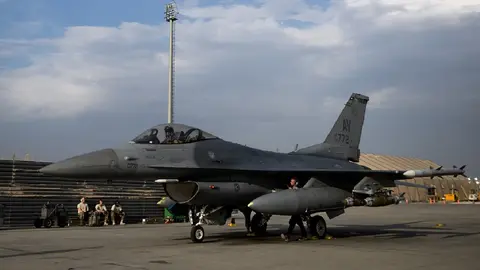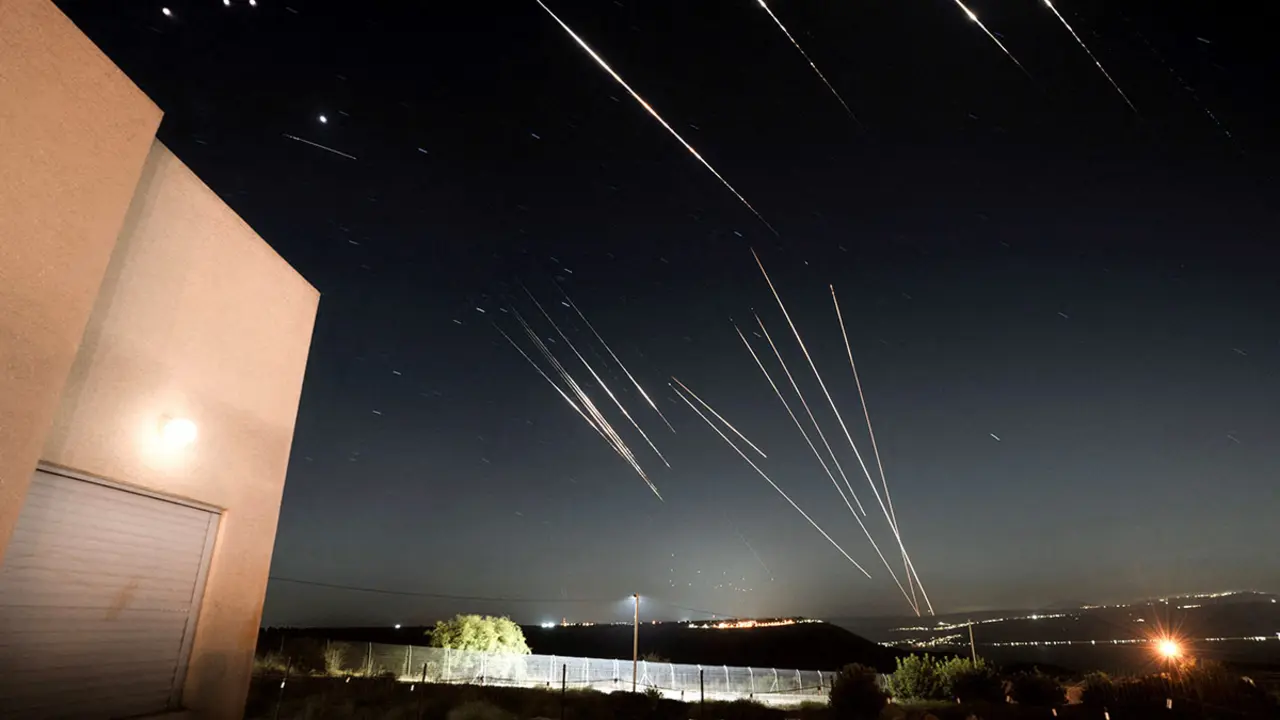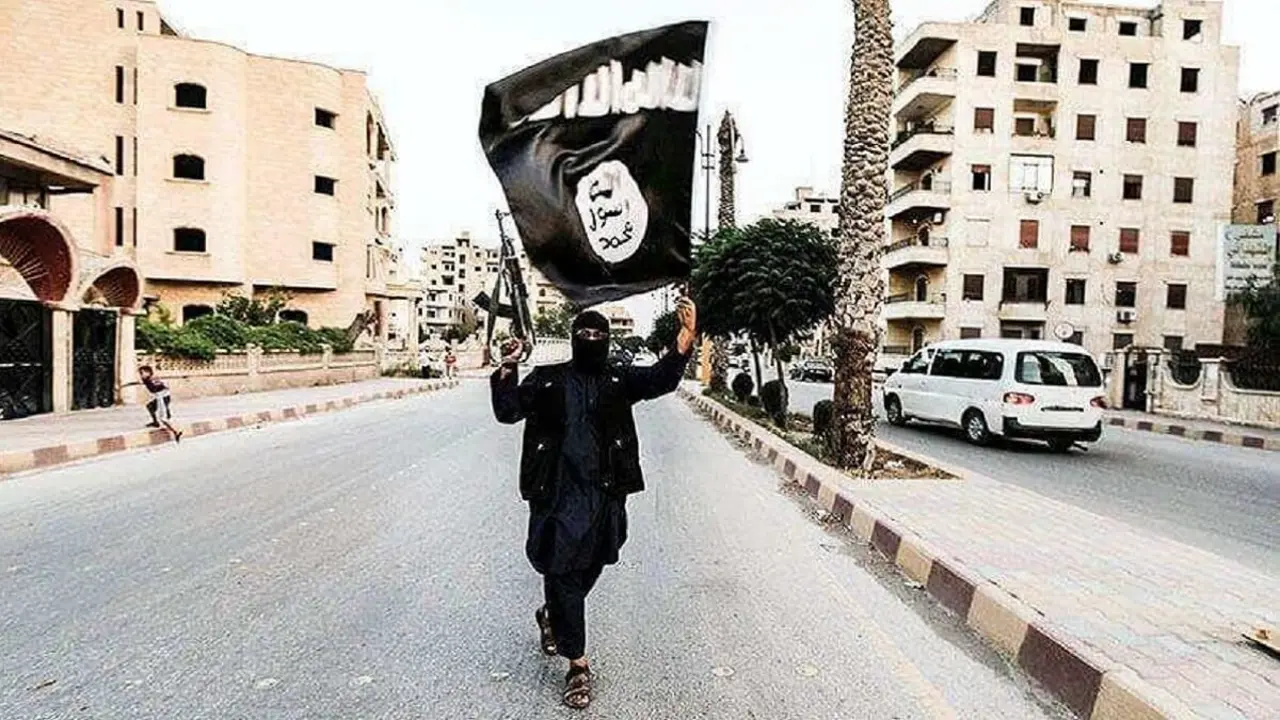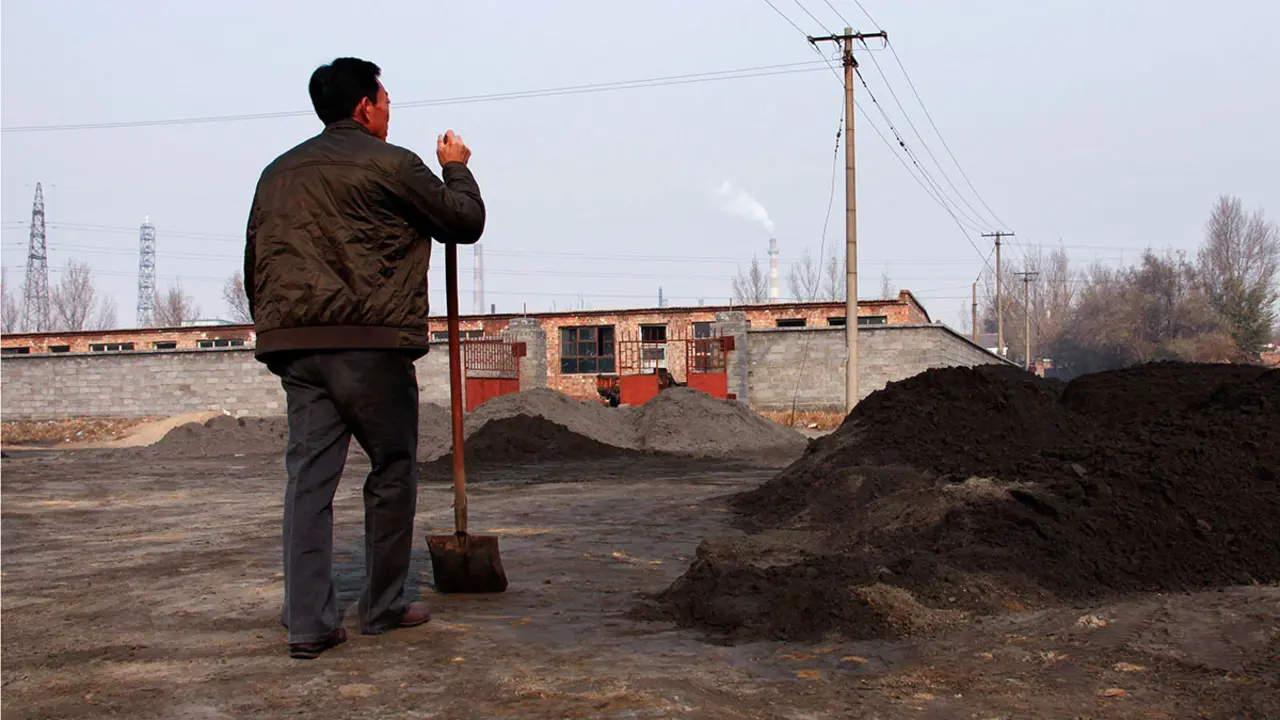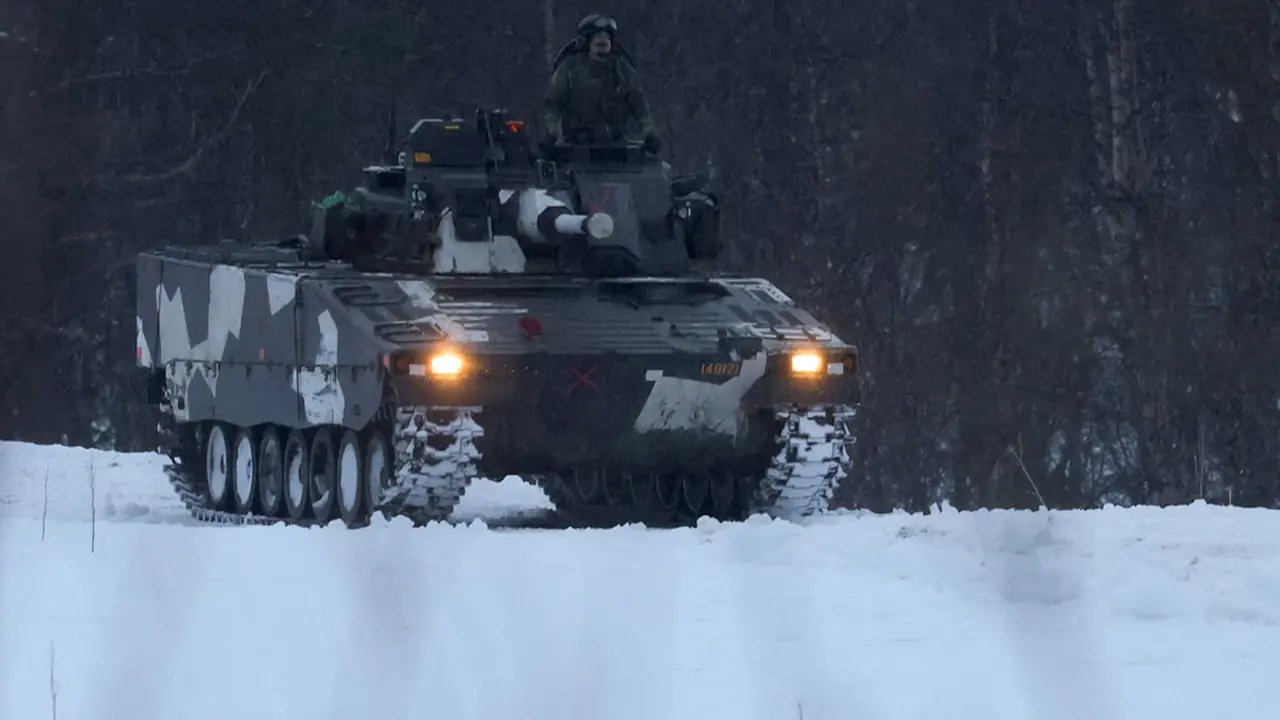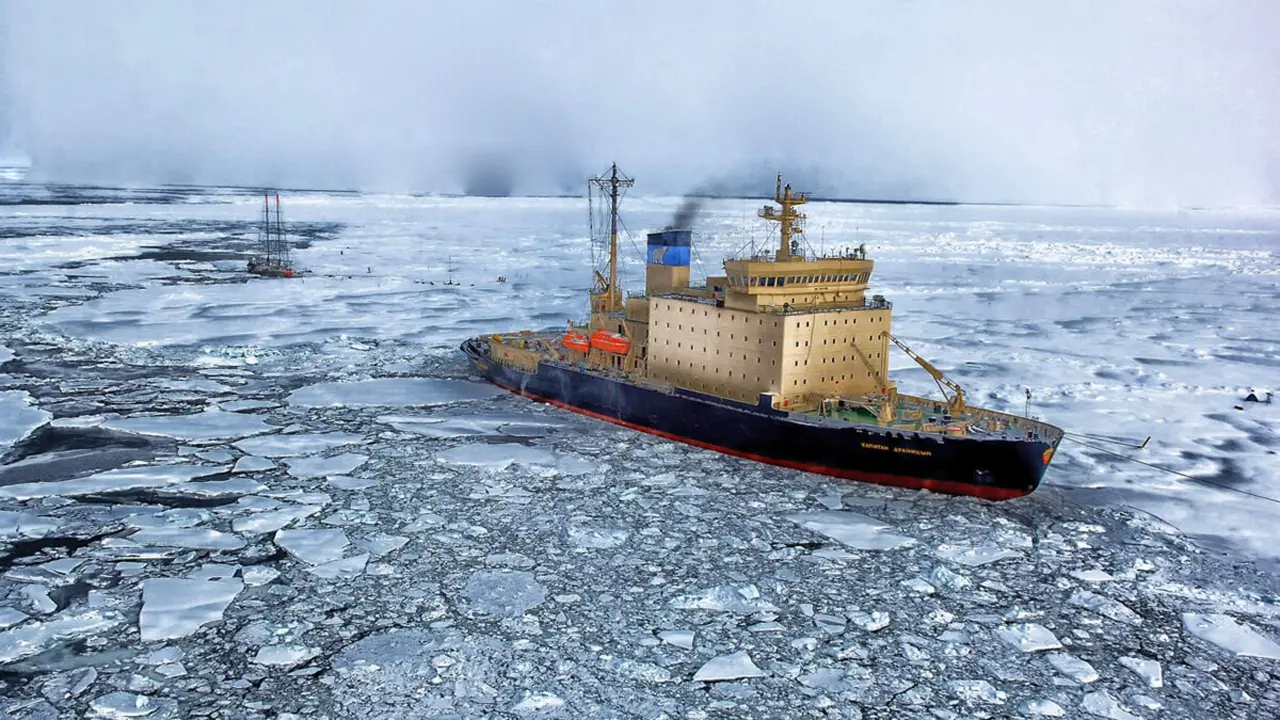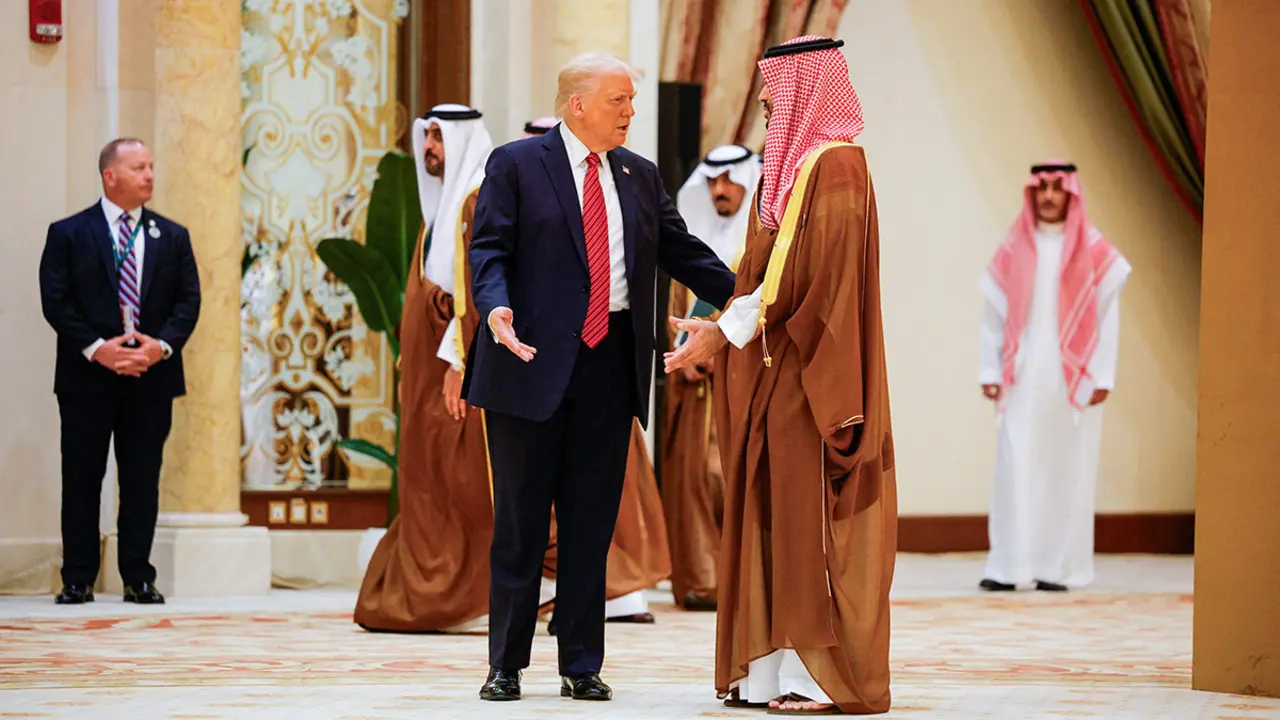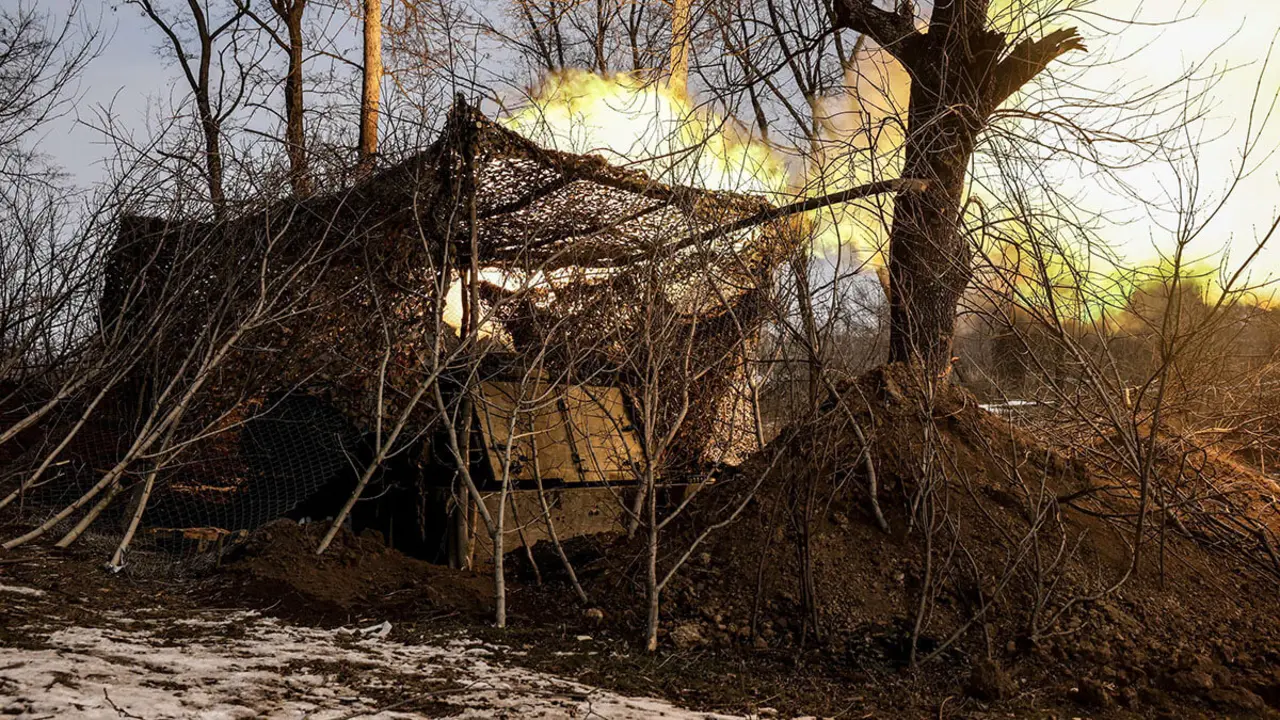The growing militarisation of the Persian Gulf

Washington sends fighter jets, warships and more personnel to the region, straining relations with Tehran and consolidating its influence in the area.
Due to its geopolitical importance and valuable oil and gas reserves, the Persian Gulf region is one of the most important places in the Middle East, as well as in the world. This is why the countries surrounding it, especially Saudi Arabia and Iran, have competed to dominate and control the region. Likewise, in order to regain its influence in the Middle East while facing threats from Tehran, the United States is increasing its military presence in the region.
Last July, the Pentagon announced that it would send the destroyer USS Thomas Hudner and several F-35 fighters to the Strait of Hormuz. Days earlier, a senior defence official also reported that F-16 fighter jets would be sent to the area. The Strait of Hormuz, located between Iran and the Omani enclave of Musandam, is considered one of the most strategic sea passages in the world as it is one of the main global oil routes.
The Strait, which separates Iran from Oman by only 33 kilometres, is the only waterway connecting the Gulf with the Indian Ocean. As a result, approximately 17 million barrels of oil pass through the Strait every day, equivalent to 20-30% of the world's total oil consumption. Other methods of exporting oil from the region, such as pipelines, are not common, so that approximately 88% of all crude oil leaving the Persian Gulf passes through the Strait of Hormuz, according to the Strauss Center for International Security and Law.

For these reasons, the security and stability of the Strait is not only important for the countries in the region, but also for the international community as a whole. In this regard, Iran represents one of the main threats to oil traffic through the Strait and, consequently, to global trade and the global economy.
In recent years, the Iranian regime has been accused of attempting to hijack oil tankers transiting the Strait. Indeed, the US decision to send in fighter jets came shortly after Iran tried to seize two ships, even firing on one of them.

By moving additional military personnel and ships, the US seeks to protect oil transit in the area, serving as a deterrent to Tehran and its destabilising activities. "In the face of this continuing threat and in coordination with our partners and allies, the Department of Defense is increasing our presence and capabilities to monitor the Strait and surrounding waters," Pentagon spokeswoman Sabrina Singh told reporters after announcing the relocation of the USS Thomas Hudner, a ship that previously sailed the Red Sea, to the area. US military officials accuse Iran of seizing at least five commercial vessels in the past two years, as well as harassing a dozen more.

In July, US Secretary of Defense Lloyd Austin also approved the deployment of the USS Bataan Strike Group and the 26th Marine Expeditionary Unit to the Persian Gulf, AP reported. The assault group consists of three ships, including the Bataan, an amphibious assault ship, while an expeditionary unit typically consists of about 2,500 Marines. In addition to the Bataan, the group includes two other warships: the USS Mesa Verde and the USS Carter Hall.
This move, according to US Central Command, will provide "even greater flexibility and maritime capability in the region", protect "the free flow of international commerce" and "maintain the rules-based international order". Moreover, as Central Command leader General Erik Kurilla noted, the additional forces moved to the Gulf will serve to "deter Iranian destabilising activities in the region".
The US returns to the Middle East in force
All of these actions are part of US efforts to return to a key role in the Middle East at a time when tensions between Washington and Tehran are rising - due in part to the ayatollah regime's closeness with Russia - and other actors such as China are seeking to expand their influence in the region. The Asian giant is strengthening its trade and economic ties with key powers in the region such as Saudi Arabia in the face of US misgivings.
Beijing is also seeking to profile itself as a mediator in regional conflicts and between rival countries in the region. After getting Riyadh and Tehran to re-establish diplomatic relations after years of bitter enmity - considered a major victory for Chinese foreign policy - Beijing has expressed its willingness to mediate on other key Middle East issues, such as the long-running Israeli-Palestinian conflict.

After focusing on Eastern Europe due to Russia's invasion of Ukraine, as well as on the Asia-Pacific to counter China, the US is returning to the Middle East to strengthen its role in defence and security, as well as diplomacy. In this regard, Washington has been trying for months to reach a peace agreement between Saudi Arabia and Israel with the aim of normalising ties between the two nations.
This milestone, in addition to having important repercussions at the regional level, would also be an achievement for Joe Biden's administration ahead of next year's elections and would consolidate US influence in the region after several more years of absence, something that even traditional US partners in the region, such as Saudi Arabia and the United Arab Emirates, have criticised.
On this point, Dina Arakji, an analyst at the Control Risks consultancy, told Al-Monitor that the US move "is probably aimed at reassuring the Gulf Arab states", showing that "Washington remains committed to security in the region".

Arakji also mentions Iranian threats as well as China's entry into the region. This latter aspect makes Washington seek to strengthen its regional alliances so as not to lose influence to the Asian giant.
With respect to Iran, the United States must emerge as a reliable partner for the countries in the region in order to repel its threats and protect the region's maritime transport. On the other hand, it should be noted that the Iranian regime has made significant progress in its nuclear programme, dangerously reaching the levels of uranium needed to obtain an atomic weapon. In this situation, and with negotiations to take up the nuclear deal stalled, diplomacy is not enough and Washington must muster military muscle to confront Iran's destabilising activities.

Biden's new tough stance in the Middle East to counter Iranian influence has even been compared to the hardline policy developed by his predecessor, Donald Trump, by several analysts, who have warned that this move could lead to a dangerous escalation in the region. According to Sina Toossi, an analyst at the Center for International Policy in Washington - quoted by Al Jazeera - Biden is doubling down on Trump's "failed policy" of economic warfare against Iran. According to Toossi, this policy will lead to "a cycle of mutual escalation, where the US will escalate and Iran will counter-attack". "This is very dangerous," he warns.

Undoubtedly, these latest moves represent a shift in Washington's current foreign policy stance towards the Middle East. Farhad Rezaei, an Iranian foreign policy expert and columnist for The Jerusalem Post, argues that this shift "came as a surprise to the Iranian regime, as such a level of US engagement in the region has not been seen since the Ronald Reagan era". As Rezaei writes in the Israeli newspaper, the message the US is sending with this deployment is that it is "ready to counter any destabilising and provocative activity by Iran's Islamic Revolutionary Guard".
It is possible that this increased US military presence in the area will reduce Iranian activities in the region, although it is not a guarantee that threats from the regime in Tehran will cease. On this point, Rezaei notes that Biden "must stand firm and respond decisively". "This plan requires a strong commitment to retaliate against any attacks on commercial vessels in the waters of the Persian Gulf. If the US does not respond decisively, the regime may perceive it as weak and indecisive," he explains.
Iran responds to the US withdrawal by highlighting its missile capabilities
The analyst also suggests a number of measures Iran could take against recent US moves in the region. One possible retaliation against Washington could be to take more US citizens hostage. Recently, Iranian authorities have released five Americans from prison and transferred them to house arrest.
Iran could also take action against Saudi Arabia for its alleged role in persuading the US to increase its military presence in the region. Several months ago, the two countries resumed diplomatic relations after years of confrontation. However, despite attempts at rapprochement and the recent visit of the Iranian Foreign Minister to the Kingdom, analysts point out that the rivalry between Riyadh and Tehran continues.

Finally, Rezaei has dismissed the possibility of the Iranian Revolutionary Guard laying mines in the Strait of Hormuz on the basis of statements by senior Iranian officials that "if Iran cannot export its oil (because of sanctions), no one can". This would not be the first time Tehran has taken such drastic action. In July 1987 it laid mines near the Strait, causing damage to Kuwaiti oil.
Amid this increased militarisation in the Gulf by the US, Iran has stressed that this deployment will only bring "insecurity and damage" to the region. "For years, the Americans have been moving in and out of the region with impossible dreams, but the security of the region will only last with the involvement of regional nations," Iran's army chief, General Abdolrahim Mousavi, said on Iranian state television.
Iranian Foreign Minister Hossein Amirabdollahian made a similar statement during talks with his Emirati and Kuwaiti counterparts. Amirabdollahian stressed that peace, stability and progress in the region were possible "without the presence of foreigners".

However, the regime has not only shown its rejection of the US presence in the region in words. It has also shown military muscle by announcing its Abu Mahdi cruise missile - first unveiled in 2020 - which could be used to attack ships at sea at a distance of up to 1,000 kilometres. As AP notes, the missile is named after Abu Mahdi al-Muhandis, a veteran Iraqi militant who was killed in a US drone strike in Baghdad in 2020 along with Iranian General Qassem Soleimani.
Missiles are Tehran's greatest asset to threaten its enemies. Following the announcement that US personnel, ships and fighters would be transferred to the Gulf, the commander of the Revolutionary Guards Navy, Alireza Tangsiri, boasted about Iran's military capabilities, claiming that cruise missiles "can attack several targets simultaneously and commands can be modified after take-off".

Other US allies in the region see the US military deployment as a reinforcement of Washington's commitments to the region, especially to Saudi Arabia. Although the oil-rich Gulf nations have opened their doors to other trading powers such as China or maintained their relations with Russia despite the war in Ukraine in pursuit of their national interests, they are aware of America's military potential.
"Not only does the US maintain bases in several Gulf states and export a large quantity of arms to the region, but it has also developed close military training missions with these states over many decades that other foreign powers cannot match," writes Middle East analyst Gregory Aftandilian in the Arab Center Washington DC. Likewise, the US is the only foreign power that has the capacity and will to deter Iran's aggressive behaviour.
Americas Coordinator: José Antonio Sierra.

